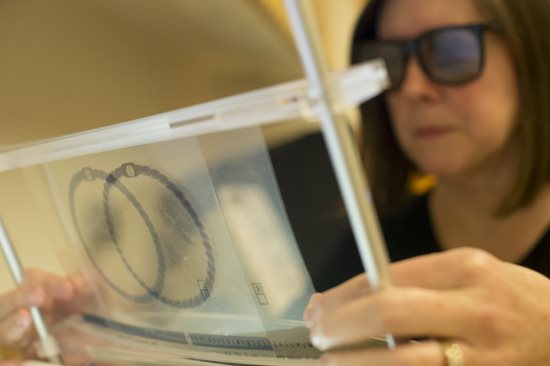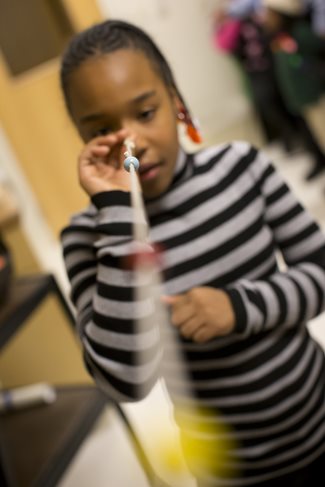
What is vision therapy?
Although most vision problems can be easily corrected using eyeglasses or contact lenses, some problems require a more enhanced treatment. Vision therapy, often referred to as VT or orthoptics, is aimed at improving, enhancing, and developing visual performance through individualized treatment programs to build new neural patterns. Similar to physical therapy, vision therapy teaches patients to relearn or enhance the use of various muscles in the eye that are not functioning correctly and are causing discomfort.
How do you know if you need vision therapy?
Some conditions that require vision therapy treatment are accommodative (focusing) dysfunctions, eye movement dysfunctions, learning related visual problems, binocular (eye-teaming) dysfunctions, traumatic brain injury, strabismus (cross-eyed) and amblyopia (lazy eye). Oftentimes parents or teachers may notice that students skip lines while reading, have poor reading comprehension, take longer to complete their homework, reverse letters while writing, or have a short attention span. While many of these symptoms can be related to attention deficit disorder (ADD) or attention deficit hyperactive disorder (ADHD), in some instances there may be a vision related problem. In other cases children or adults may experience eye strain, headaches, the inability to focus at work, or general discomfort while reading for long periods of time.
 How is vision therapy performed?
How is vision therapy performed?
Before beginning, a patient must undergo a comprehensive eye exam to determine if the problems they are experiencing can be corrected with glasses or if vision therapy exercises are needed. The therapy is not a one-time fix for all vision related problems. In most cases, optometrists and patients (parents) work together to set a goal of what they would like to accomplish in therapy. Weekly sessions of in-office therapy are combined with homework assignments. The in-office portion utilizes a variety of specialized equipment including corrective lenses, prism lenses, optical filters, electronic targets, computer software programs, balance boards, and visual-motor-sensory integration training devices. The at-home assignments usually take 15-30 minutes and are completed 4-5 times a week. A patient can undergo vision therapy for six weeks up to a full year but the average length of therapy is 4-6 months.
Why is vision therapy important?
Vision therapy is beneficial for patients of all ages. For adults, especially those who work with computers, certain vision problems including eye teaming, focusing and tracking disorders cannot be corrected with eyeglasses. For children, the majority of what they learn comes through the eye. Visual processing and visual efficiency issues can interfere with a child’s ability to interpret information and learn. Vision therapy can correct those issues, thus improving academic success.
